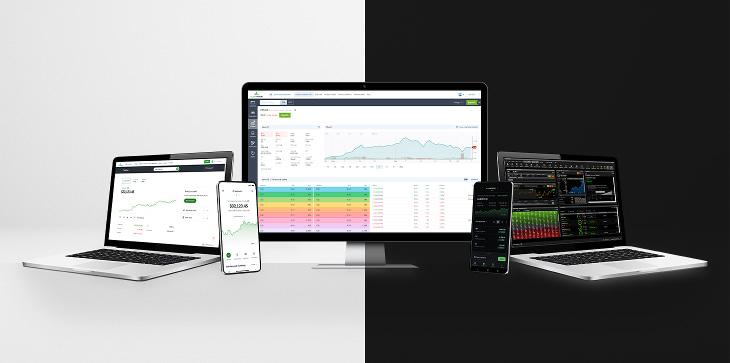It’s always a good idea to be mindful and informed about your investing decisions, especially if you’re new to the markets. After all, the most efficient course of action will always differ based on your goals and the current state of the market, so it’s a good idea to do your homework.
While there’s no one-size-fits-all strategy, these 10 tips can help you to get started on the right foot.


